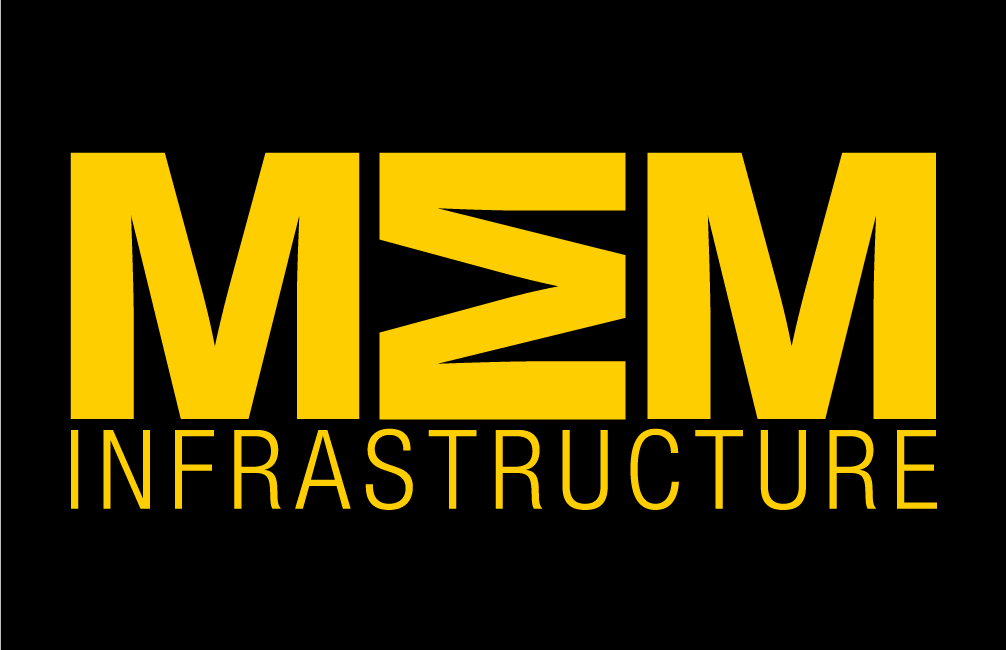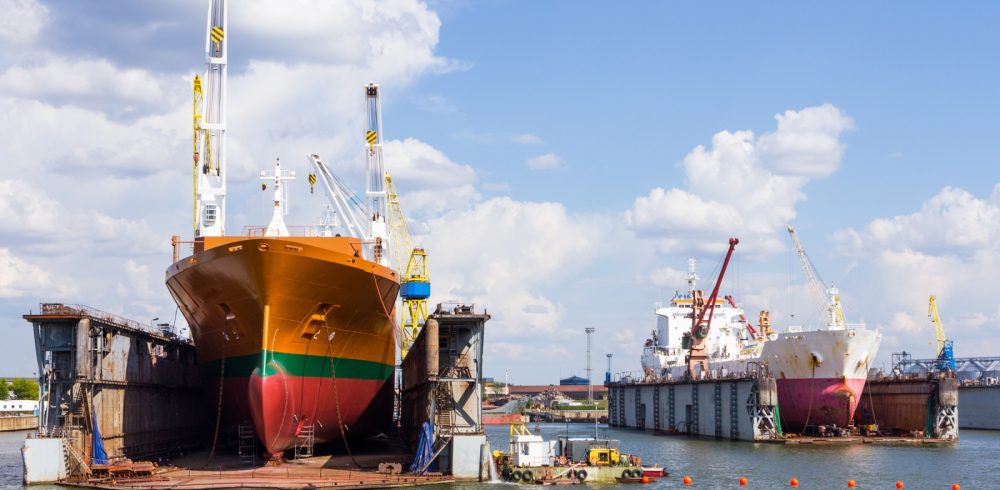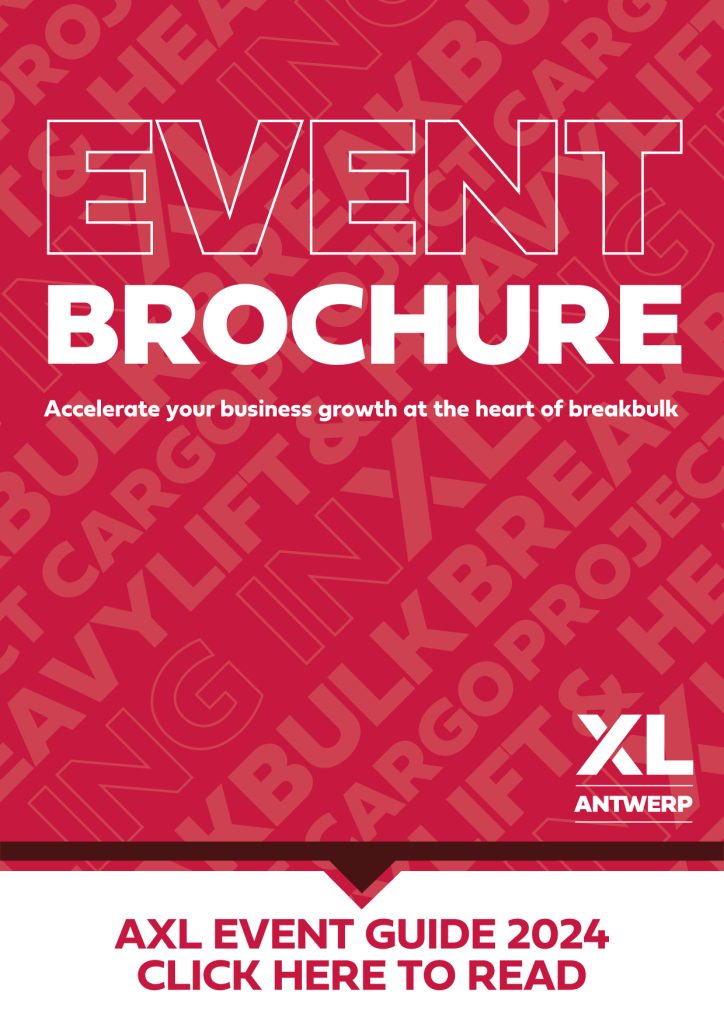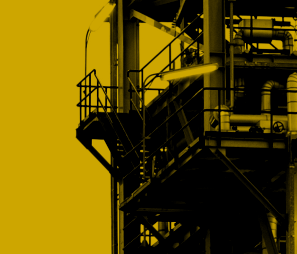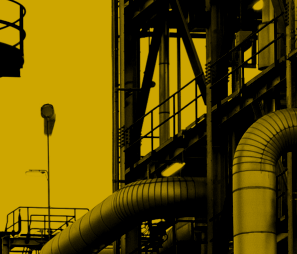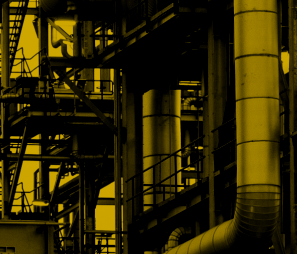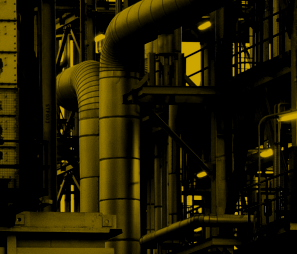Oil and gas companies, tank manufacturers, and shipyards in offshore or coastal environments face a common dilemma. Should they save money by using the abundant seawater around them for hydrotesting or ballasting and risk aggressive corrosion inside their vessels? Or should they pay more for fresh water and avoid exposing their metals to an extra corrosive environment? Cortec® offers a third option for this false dilemma by recommending the use of corrosion inhibitors developed specifically for use in seawater.
Corrosion Inhibitors for Seawater
EcoLine® VpCI®-642 and VpCI®-645 are two biobased corrosion inhibitor products that can be added to seawater for hydrotesting tanks, pipelines, fire sprinklers, and a variety of other components. These corrosion inhibiting products dissolve readily in water for easy application and inhibit corrosion at a low dose (0.3-0.75% by volume for EcoLine® VpCI®-642 and 0.5-1% by volume for VpCI®-645). After the hydrotest seawater is drained, the vessel should be rinsed with fresh water treated with 0.5% VpCI®-609 (by weight) for post-hydrotesting protection. EcoLine® VpCI®-642 and VpCI®-645 can also be added to seawater in ballast tanks of ships and offshore platforms to protect against water-bottom corrosion.
Sustainability / Environmental Benefits
For those concerned about the environment, EcoLine® VpCI®-642 and VpCI®-645 have several advantages. First, they are both USDA Certified Biobased Products that contain 93% USDA certified biobased content, relying heavily on renewable raw materials. Secondly, they are effective replacements for corrosion inhibitor formulations based on nitrite, chromate, or hydrazine. While local requirements should always be checked before disposal, EcoLine® VpCI®-642 and VpCI®-645 are more likely to be compliant than corrosion inhibitors of the past.
Corrosion Inhibiting Float Coat
Another corrosion inhibitor option for seawater hydrotesting is M-645. This product is an oil-based float coat suited for use in tanks. It rides on the surface of the water, coating all metal surfaces with a water-displacing film as the seawater is raised and lowered. This behavior also makes it a nice option for ship ballast tanks, which need to be repeatedly filled with seawater and emptied over time after the vessel is hydrotested and put into service. Since M-645 floats on the surface of the water, it does not contaminate the ballast water, allowing for normal discharge procedures.
Start Hydrotesting with Seawater
With oceans covering more than two-thirds of the globe, it is important to have seawater as a hydrotesting option for the many pipeline, tank construction, and shipbuilding projects in process. Cortec® corrosion inhibitors make that economical option viable by protecting against the corrosive effects of seawater. Contact Cortec® if you are ready to start a seawater hydrotesting or ballasting project and need help choosing a corrosion inhibitor.
Keywords: seawater hydrotesting, hydrotesting corrosion, corrosion inhibitors for seawater, biobased corrosion inhibitors, seawater ballasting, water bottom corrosion, oil and gas industry corrosion, rust prevention in ballast tanks, how to save money on hydrotesting, sustainable hydrotesting
Need a high-resolution photo? Visit: www.cortecadvertising.com.Cortec® Corporation is the global leader in innovative, environmentally responsible VpCI® and MCI® corrosion control technologies for packaging, metalworking, construction, electronics, water treatment, oil & gas, and other industries. Our relentless dedication to sustainability, quality, service, and support is unmatched in the industry. Headquartered in St. Paul, Minnesota, Cortec® manufactures over 400 products distributed worldwide. ISO 9001:2015, ISO 14001:2015, & ISO/IEC 17025:2017 certified.
Cortec® website: http://www.cortecvci.com. Phone: 1-800-426-7832. FAX: (651) 429-1122.
Manufacturing & Engineering Magazine | The Home of Manufacturing Industry News


